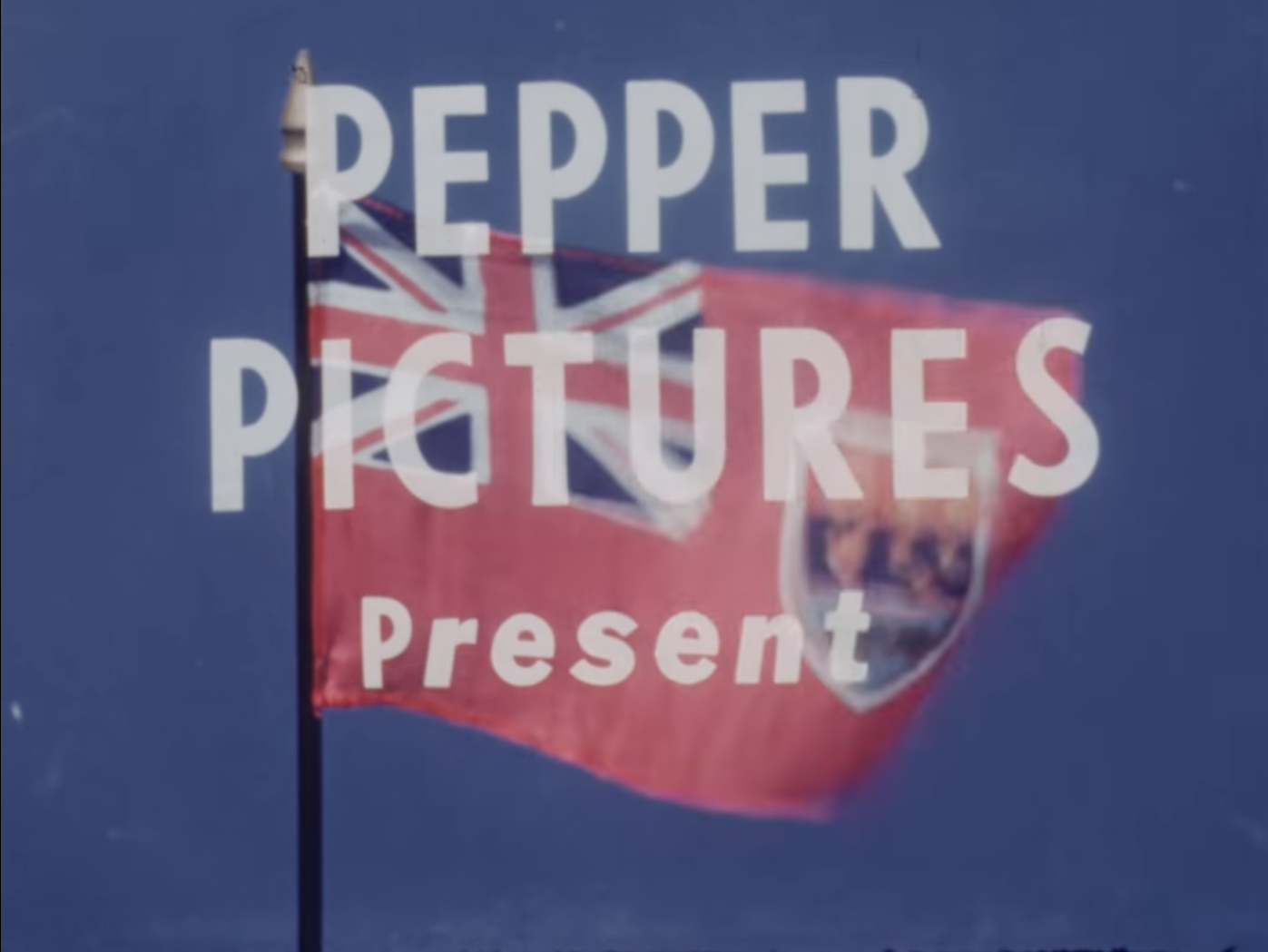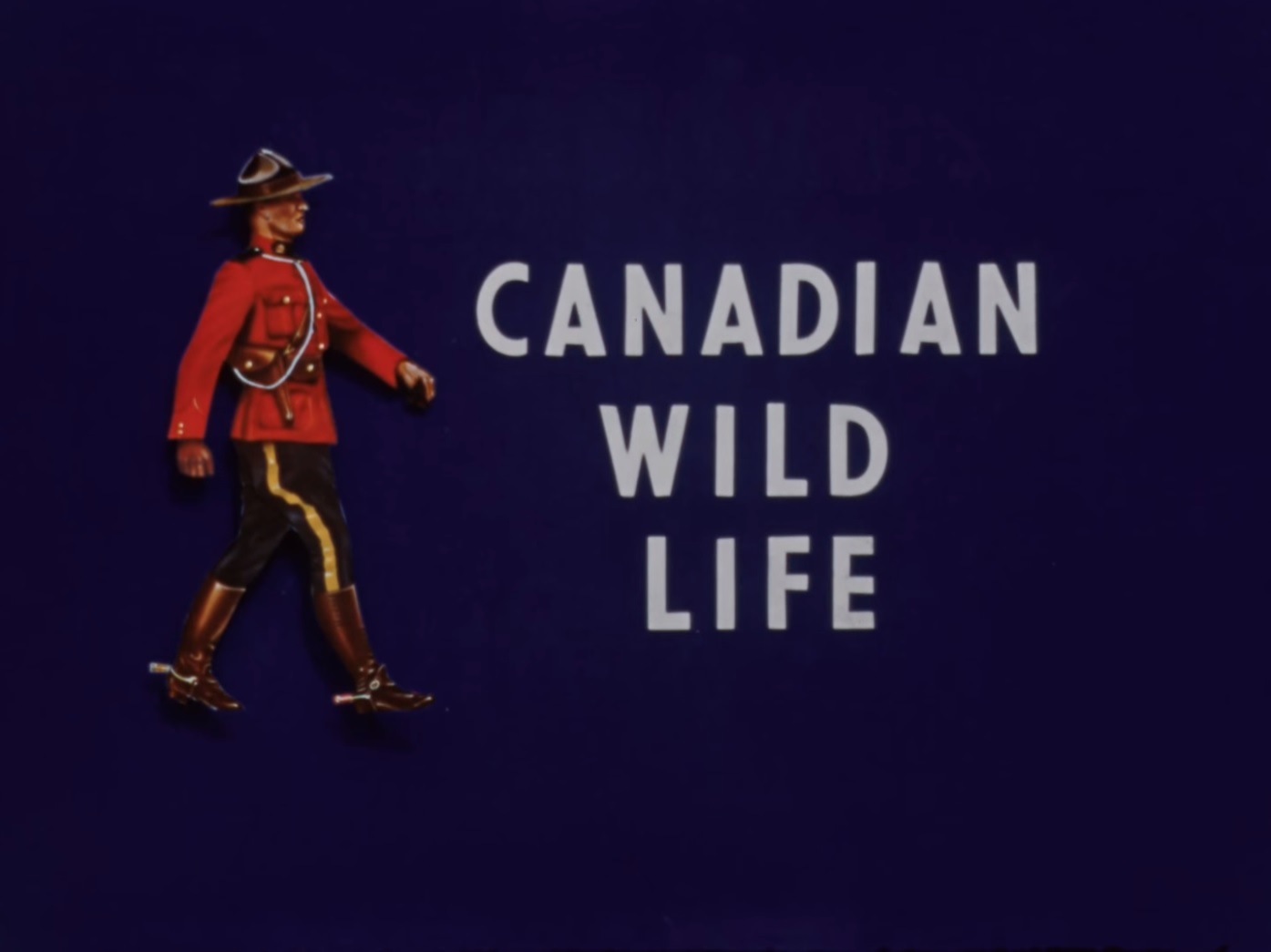“Amateur cinema: Amateur filmmaking and the alternative film culture that emerged around it. Amateur films were polished short works aimed at an audience of fellow amateurs and members of the public. Distinct from rough home movies, but produced outside the commercial system, they include dramas, portrayals of everyday life, travel and nature films, comedies, and many other subjects and genres. Amateur films often experiment with film form.” –Amateurcinema.org
It might be hard to imagine a time when amateur filmmaking was considered a subculture, what with the abundance of accessible filmmaking today through digital platforms like Instagram, Facebook, and YouTube. However, when the Amateur Cinema League was founded in 1926, that’s exactly what it was: subculture. Because of this, amateur films from this era are a unique and rare find with limited visibility online. The University of Calgary and the Amateur Movie Database are making great efforts to expose amateur filmmaking, but large gaps still remain. O’ Canada, made by amateur filmmaker Markley L. Pepper, is one such rarity.

The provenance of this film is unknown and it might have gone unnoticed had it not been scanned as part of the IU Media Digitization and Preservation Initiative project, greatly enhancing discoverability and access. As part of phase two of MDPI, the Moving Image Archive selected significant collections of film to be digitized, cataloged, hosted, and shared through the Avalon Media System for IU. O’ Canada is a part of the Hal & Kathryn Stewart Collection. The Stewarts owned and operated the Denver branch of Ideal Pictures Corporation, a distributor of non-theatrical films, operating until 1980. My work in the Moving Image Archive involves cataloging films that have gone through the digitization process and are in need of descriptive metadata in order to facilitate access. The vast majority of films I had cataloged from the Stewart collection had been either Castle or Official films; i.e., large home movie producers and distributors with licensing rights for commercial theatrical films, in addition to sports reels, cartoons, and newsreels. Therefore, when I came across the bright red Amateur Cinema League banner set against a backdrop of a spinning globe my interests were peaked by sheer variation. The film itself has very limited information, apart from the title, creator, and locations. My preliminary research on ACL clued me in on the significance of the print; but upon deeper research, scouring issues of Movie Makers for any mention of the film, I started to recognize the potential for highlighting this seemingly forgotten film. A travelogue of various tourist destinations in Canada, Pepper has attractively captured scenic vistas, everyday tourist activities, and friendly wildlife in this vivid time capsule. However, more than being a beautiful travelogue, O’ Canada is a modern artifact of amateur filmmaking heritage. It represents an era of filmmaking before filmmaking became widely accessible. It is important not only to preserve, but to share and promote, what could have been, a lost artifact.



Pepper’s special attention to detail and style, exhibited through his title card artistry, frame set-up, and editing style, elevate the film beyond the typical home movie. My personal favorite scenes being the candid shots of the family of bears casually meandering through the forest. O’ Canada has no date; however, the color ACL leader used on the film came out in 1949 and the edge codes on the film indicate 1951 and 1952. Evidence of the time period is on fine display throughout the film. Pepper blends grand landscapes with personal moments, like the screenshots below; delivering a sense of intimacy to the audience and further distinguishing the film.



Pepper, also working out of Denver, was a member of the Amateur Cinema League, Denver Cinema League, and the Amateur Motion Picture Society of Denver (Movie Makers). He also taught two cinema courses at the Emily Griffith Opportunity School in Denver and published an article in Movie Makers, “Welcome to Denver,” in 1948. Other titles by the filmmaker, documented, include: The Big Three and Colorado Landscape (whereabouts unknown).
2 Comments
Very interesting glimpse into a piece of cultural history that was almost forgotten! Thank you for your work, MDPI.
This is so interesting, and a really lovely time capsule. Thank you for sharing!